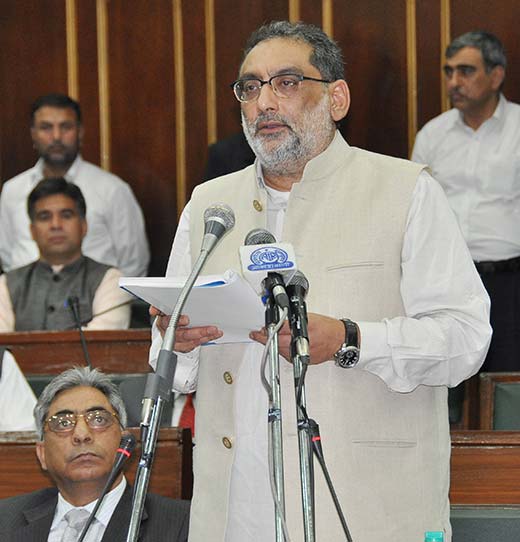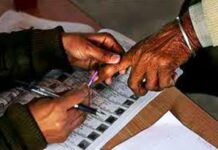KL NEWS NETWORK
SRINAGAR

A year after J&K Finance Minister Dr Haseeb Drabu kicked off an initiative, it is now in demand in other states and even in the central government. Union Finance Ministry has set the ball rolling for doing away with the archaic system of classifying public finances under plan and non-plan categories.
Ratan Watal, the union finance secretary on Tuesday told state finance secretaries that the centre has started discussions on doing away with the old system. The new set up envisages classifying the public finances under two categories only – the capital and the revenue. The capital is the part of the funds that goes for developmental activities and the revenue expenditure continues to be the committed spend on salaries, interests and the upkeep of the infrastructure that government owns.
“In the backdrop of the abolition of Planning Commission and setting up of NITI Aayog, the classification of expenditure as plan and non-plan is losing its relevance..,” Watal told the state secretaries in the routine pre-budget discussions. “…If the accounting of expenditure is classified broadly under revenue and capital… I think this is where the focus is.” Watal believes the new classification will help in better public expenditure management.
The idea of doing away with the plan and non-plan categorization was earlier suggested in 2011 by an expert committee that C Rangarajan led. Later, Bimal Jalan, former RBI governor put his weight behind the suggestion as head of Expenditure Management Commission of the Government of India.
After Narendra Modi became the Prime Minister in 2014 general elections, it done away with the Planning Commission and set up NITI Ayog which is more or less a think tank type of institution lacking any authority over resource distribution. It was coincided with the Fourteenth Finance Commission Award that gave states a lot of flexibility in managing their expenditure structure and giving them a clear idea of what they must get from the central pool devolutions. It made rudimentary shifts in the state-centre financial relations by altering the ratio in certain cases.
But J&K was the leading state that could foresee the happenings on the fiscal management front. Economist Dr Haseeb Drabu who presented the first budget in March 2015 changed the archaic classifications in the state finances. Later, after he presented his budget proposals he had hinted that J&K will now help other states how to make the shift in the fiscal management and that is exactly what is happening.
Last week, state finance department had an additional activity apart from its routine. Rajasthan had flown its Finance Officer to Jammu to get a crash course in how the new set up will be implemented.
“We explained everything to him,” a finance ministry official said. “There might be many others coming to understand it.”
While the state cabinet has already approved Dr Drabu’s idea of advancing the budget proposals for 2016-17, the centre has conveyed its priorities about what it would love to see in the state budgets: increase in social sector spending and upward jump in capital expenditure in such a way that path of fiscal consolidation strengthens. With highest revenue expenditure ratio to capital spending in J&K, Dr Drabu is expected to start intervention to bring some kind of sanity between the two expenditures to make it realistic.















